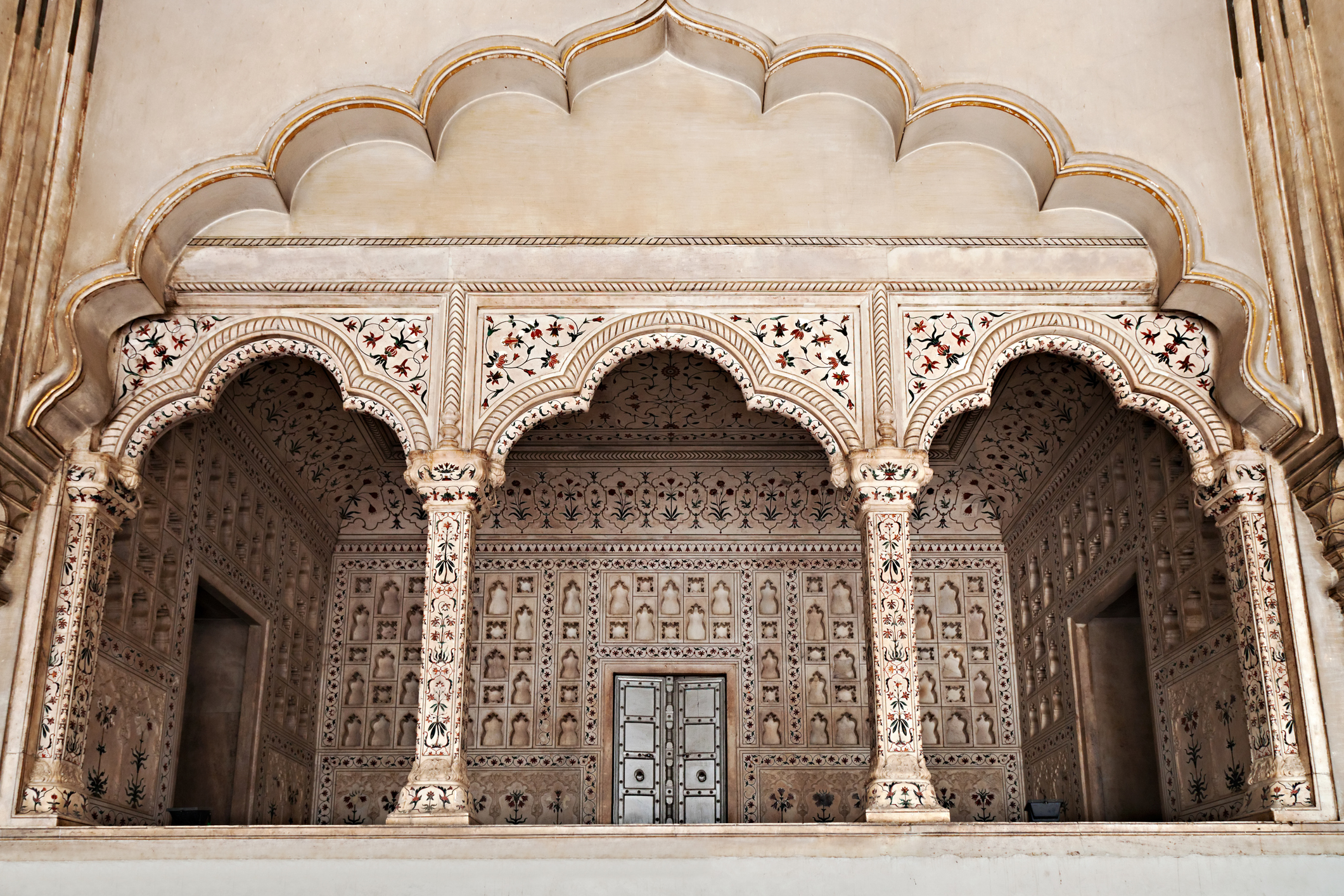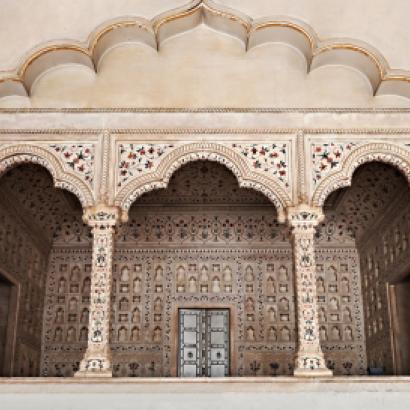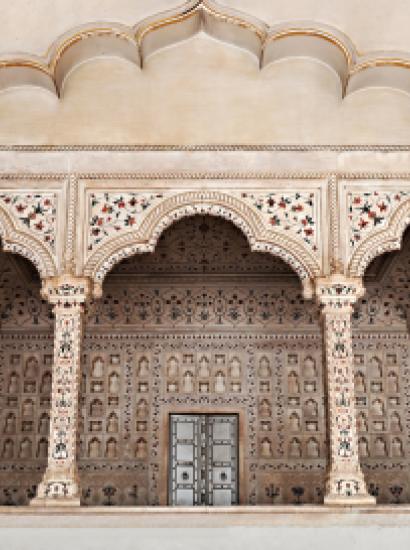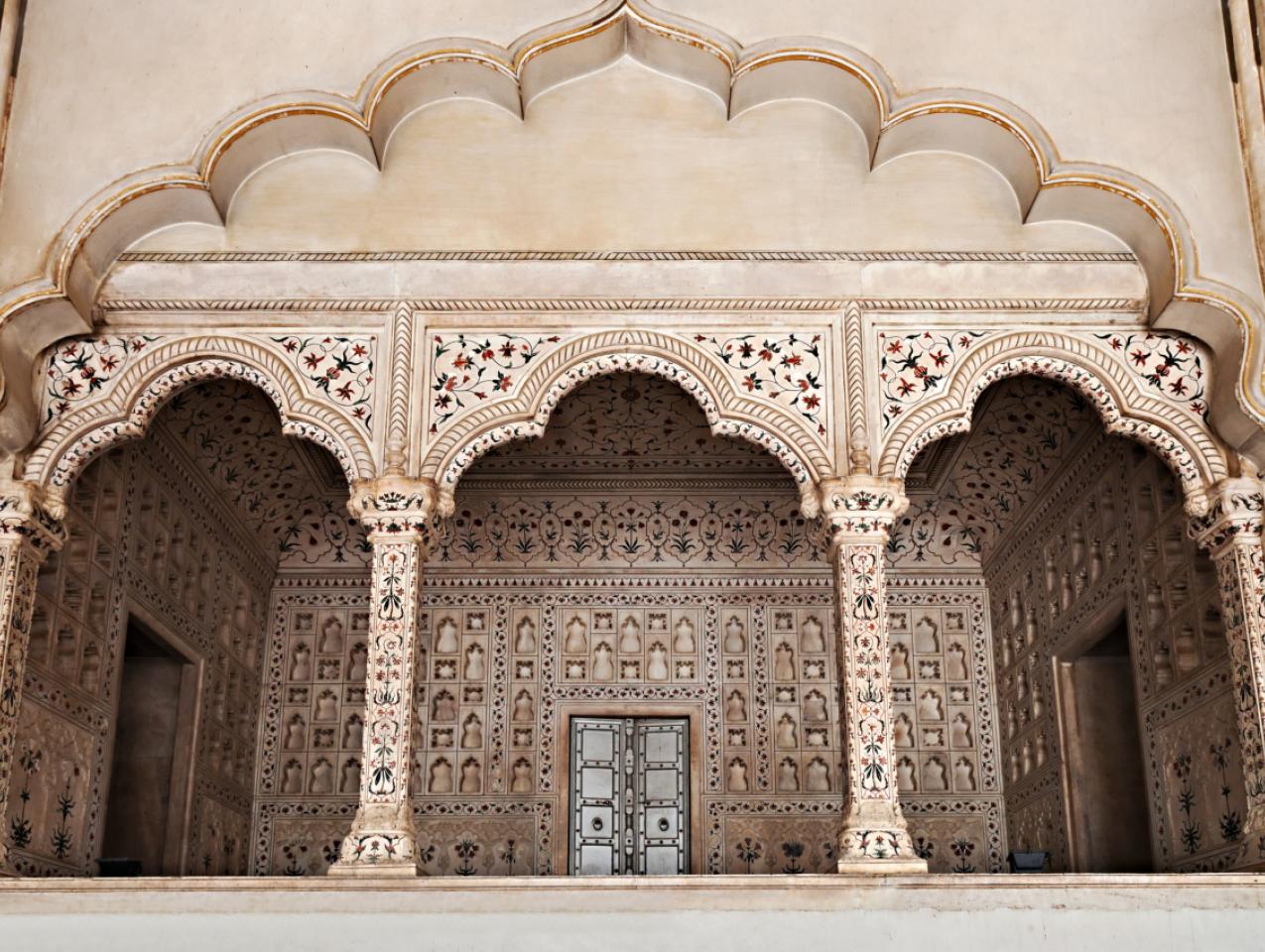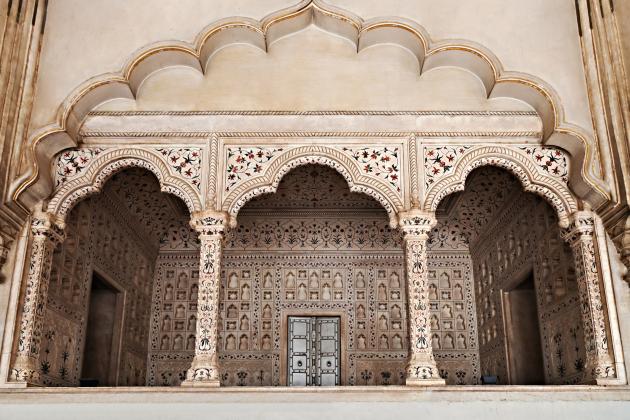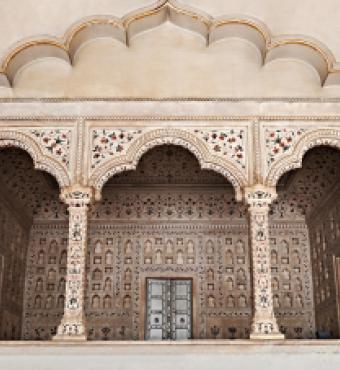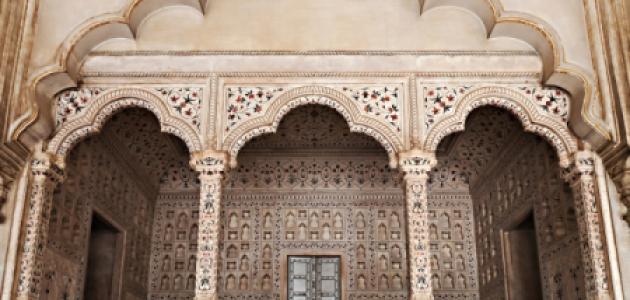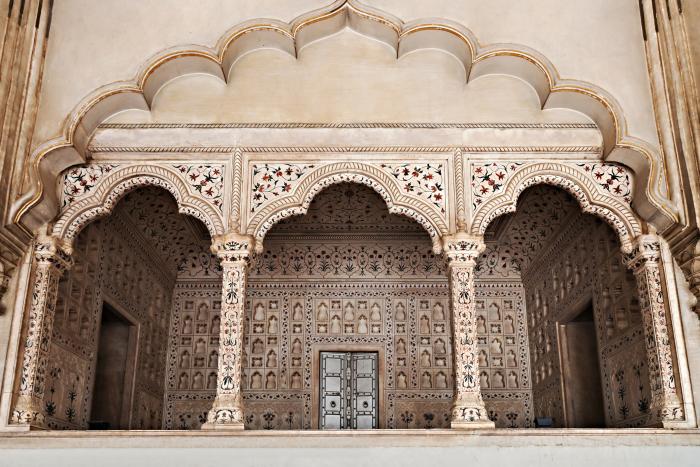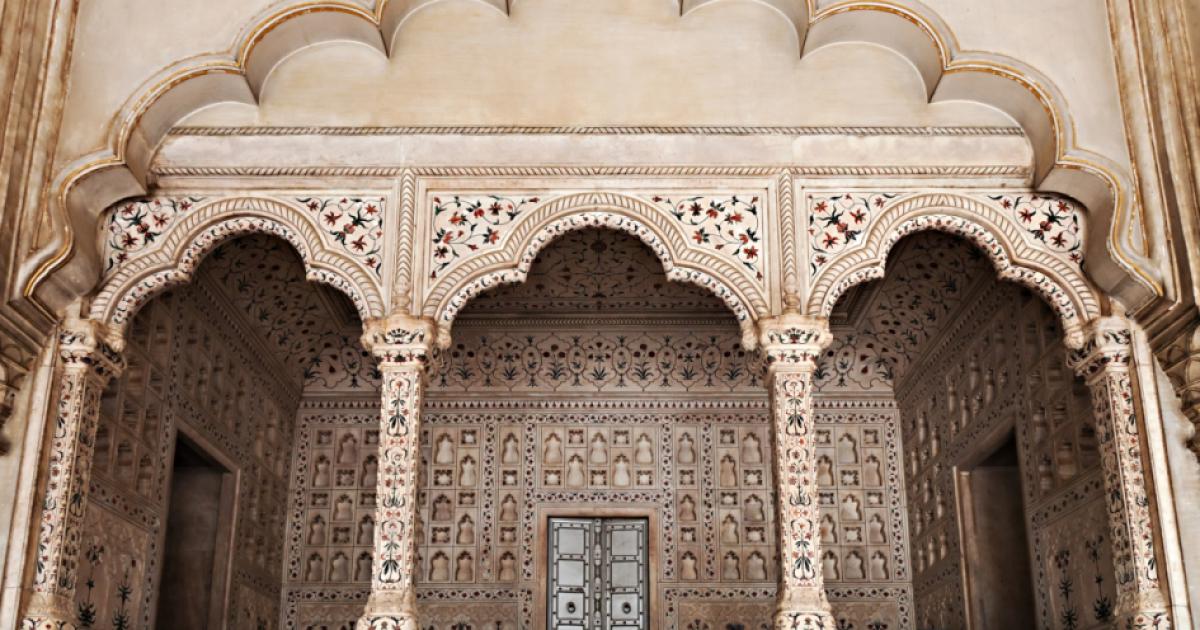Extreme fascination with idols, statues, and names is widespread across South Asia and the ritualistic violence that accompanies such practices is neither modern nor singular to India, the region’s most doggedly democratic and unequivocally polytheistic country. In fact, until this past November, when the Indian Prime Minister Narendra Modi unveiled India’s colossal 182-meter high Statue of Unity, which now stands as the world’s highest monument to a revisionist history of nationalism, the record for height belonged to a more modest Buddhist statue in China, shorter than Modi’s populist gift to India by more than 100 feet. It is, however, the sheer number in which statues of gods and heroes dot the Indian landscape that has historically lent them volatile moral authority in arenas of political competition. In fact, political consecration of statues in public squares, in an often peaceful and constitutionally granted way, has been no more frequent in postcolonial India than their liturgical defilement and defacement. The sheer height given to the Statue of Unity is evidence of the threat that marks Indian political idolatry: no statue is safe, no figure untouchable, no hero too sacred.
Much of this idolatrous strife is internecine to the country’s Hindu majority. That the country is home to over 172 million Muslims, however, who constitute the single largest Muslim minority in the world and practice a monotheistic (and theologically speaking, anti-idolatrous) faith, does not simplify matters. Nor does the fact that even when Islam has not been the creed of South Asia’s imperial rulers, a power it has formally enjoyed not since the middle of the nineteenth century when the British decisively quelled the Great Rebellion of 1857— Pakistan’s recent military establishment wielding a different form of quasi-political authority altogether— Indian Islam has been inextricably enmeshed in the divisions, hierarchies, and injunctions of the religious laws that are in fierce effect around it. These are laws drawn from precepts of theology and the science of government alike, regulating with punitive force the life of the country’s Hindu majority, who in turn encircle Muslim, Christian, and other minorities.
This long history of encirclement and cohabitation, war and kinship, has given form to Indian Islam’s distinctive traits, yielding a shared and most crucially, a constitutionally stable belief in democratic norms. But the inheritance is complicated by history. A vacillating and indeterminate political border between monotheism and polytheism is only one complex knot in this genealogy. Unqualifiedly monotheistic and theoretically anti-idolatrous as Indian Islam is, its own diverse rituals and languages, varying styles of prayers and architecture of shrines, not to mention the contentious subcontinental landscape where it has remained plainly outnumbered, have given Indian Muslims a heterogenous, even paradoxical, form of political belief and theological scaffold. Since the formal end of the Mughal empire in the summer of 1857, ordinary Muslims have found themselves often only in the company of a spirit of laws of everyday life to follow, which paradoxically marks them out at the same time as distinct political communities. Resonances with the European situation are not incidental. Formal constitutional rights have maintained a semblance of power for the minority vote, which can still be consequential in the country’s populous northern states with substantial Muslim electorates.
Yet, we ought to be careful. For the celebration of Indian Islam as an exemplary success story, as a singular one in the annals of global democratic history even, betrays more than anything else liberalism’s own secularist predilection for harmonious, neutralizing glosses over agonistic forms of political belonging. If the young Indian Muslim today is less likely to be drawn to militant Islam and its globally dispersed network of sleeper cells, it is not because the success of liberal democracy in India over the last 75 years has unconditionally enfranchised him. On the contrary, the ambiguous history of this relationship between Indian Islam on the one hand, and constitutional forms of multiculturalism on the other, points to the problematic and unresolved place of political religion in South Asia at large.
The Hindu nationalist Bhartiya Janata Party’s (BJP) manic drive to re-designate those cities in the Gangetic north whose existing names recall the subcontinent’s medieval Muslim empires marks an intensification of this ambiguity. This past November, its government in the state of Uttar Pradesh renamed the administrative division of Faizabad as Ayodhya. And the city of Allahabad (considered holy by Hindus), whose name invokes the Islamic word for God instead, has been renamed Prayagraj. The BJP’s slowly emerging polemical warzone around the Taj Mahal, built in the seventeenth century by the Mughal emperor Shah Jahan and now a UNESCO World Heritage site, is of a piece with this paradoxical desire to abstract India away from the complex political history of the subcontinent that includes Muslims, only to make this history at the same time homogenous and global. Quite fittingly, Hindutva— literally, the spiritual and civilizational essence of being Hindu, as this political psychology has come to be called since the 1920s— now appeals to the model of liberal democracies of the Atlantic while thousands of stateless Muslim Rohingyas are hunted down by Buddhist militias on its own borders in the east. Meanwhile, close to 50,000 saffron-clad Hindutva volunteers assembled this autumn less than 300 miles east of the Taj Mahal in the holy town of Ayodhya, demanding that the Supreme Court clear plans for the construction of a temple there. A 16th century dilapidated mosque built by the first Mughal ruler Babur had been razed to the ground by Hindutva outfits at the same site in December 1992, creating a battleground of modern religious revisionism literally out of a medieval ruin. The new, slow war on the Taj Mahal, the one monument most globally recognized as and of India, which elements within the BJP too want renamed— even as demands to dig up Delhi’s Jama Masjid can now be heard— confirms the increasingly troubled relationship between the state and its Muslim minority. Strikingly, behind the demands to dig up the Jama Masjid is the revealing Hindutva claim that there are idols underneath this 17th century mosque.
A genuine concern with the nation’s place in the world might have installed Hindutva among the more scrupulous conservative traditions of its time. But such concern with the nation’s place in the world, to which, like the American founders, the Constituent Assembly of India devoted long months of deliberations in the 1940s, is debilitatingly absent from Hindutva’s ideological strategy, which too has become purely electoral. The impact of such disengagement from democratic norms might be felt not only on India’s place in the world, however, but also in hard realities of geopolitical strategy, given the longstanding dispute in the north and the destructive militarization of Kashmir, where India and Pakistan have participated in a war on the valley’s Hindu and Muslim inhabitants for last seven decades (the first war between the two broke out in 1947, right during the creation of these two nation-states). Nothing safely prevents this conflict from erupting anytime again, and armed with nuclear arsenals as the two states are, the results might be catastrophic. Nor is this conflict only of regional significance, given China’s steady geostrategic movement southward, indicated by its rising investments in railroads, oil pipelines, and ports.
The urgent question today is not whether India’s majoritarian, late liberal populism, with its long history of revulsion against minority monotheisms (Jewish, Christian, or Islamic), might succeed in its policy of abstracting and dissociating India from the greater Middle-East. The urgent question is not even whether the center of our analysis should be shifted away from West Asia to the study of political Islam and its relation to liberalism in South Asia, home to the one of the most concentrated Muslim citizenries in the world. At stake is rather the question of whether India will continue to provide an example of successful participation of political Islam in democracy, saving a place for its theological heterogeneity and complex monotheism, not to mention its sectarian differences and internal disputes. The increasingly stark silence of Muslim political voices in India, the noticeable decline of Muslim icons and idols in national politics, the growing invisibility of Muslim agency as such— even as democracy doggedly deepens itself in some ways and is perilously threatened in others— tells the long Indian story of a certain neutralization endemic to its anti-pluralist polytheism: a neutralization at once spiritual and physical. In that sense, India too confirms the idea that regardless of the numerical strength of its followers, Islam and democracy must remain locked in a fragile balance, if only to save each other from annihilation. Steeped in the ethos of a rich, enduring, and virulent polytheistic tradition, one whose very borders with the monotheisms to the west of it have historically vacillated (rarely either in full peace or total war), political religion in India meanwhile continues to hold on to a risky stability, an Archimedean point of constitutionalism, in which it has even thrived, if only by placing democracy itself in an unsettling balance with political idolatry. For now.







